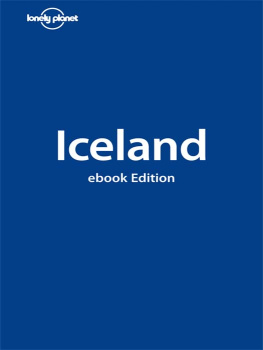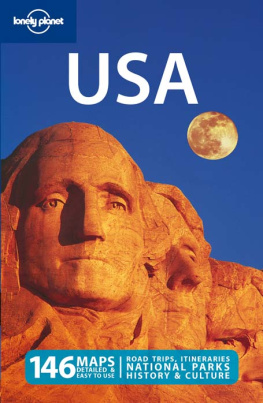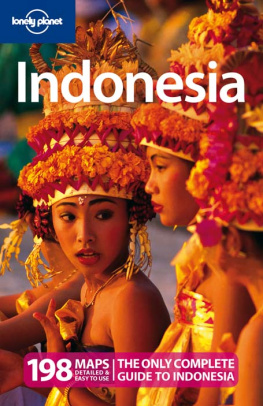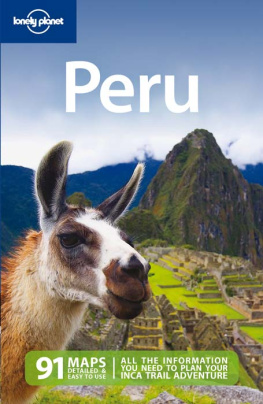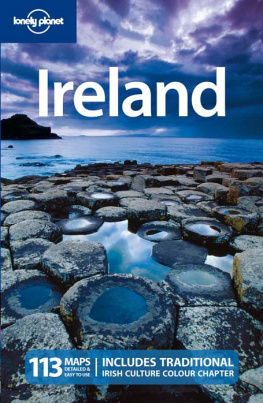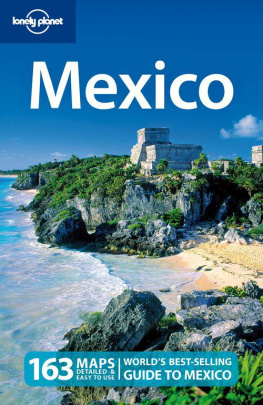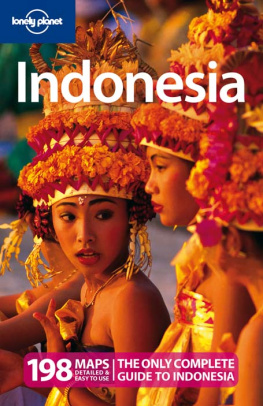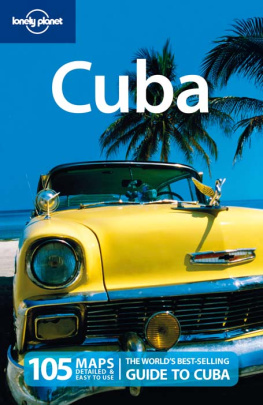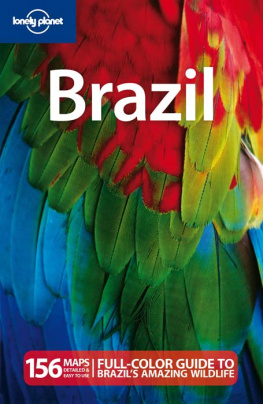Destination Iceland
Few visitors can travel around Iceland without being deeply touched by the sheer beauty of it all; and few can leave the country without a pang and a fervent vow to return. Its that sort of place.
Perched on the edge of the Arctic, this wonderful little island contains some of the most impressive natural wonders in Europe. The continents biggest waterfalls thunder down with such force that the ground trembles under your feet; the barren highlands form Europes largest, loneliest desert; and the awesome ice cap Vatnajkull is the biggest outside the poles. Other spectacular phenomena include smouldering volcanoes, slow-flowing glaciers, extruding lava, gushing geysers, bubbling mudpots, soothing thermal pools and, in the darkness of winter, the magical northern lights.
Until about 20 years ago, Icelands fantastic scenery, challenging hikes, friendly natives and eerily remote wilderness were a well-kept secret. Today the country is one of Europes hottest travel destinations. As well as having awe-inspiring nature, it boasts the compact capital Reykjavk, a city filled with Viking history and renowned for its high-energy nightlife and kaleidoscopic music scene.
Some of this exuberance was knocked out of the country following the 2008 global financial crisis. Its three major banks went into receivership, the krna went into free fall, and relations between Iceland and Britain were strained as Gordon Brown used antiterrorist laws to freeze Icelandic assets. Violent protests forced the prime ministers resignation and a change of government in January 2009. EU membership is now on the cards its an unpopular move, but one that should stabilise the countrys finances.
Although these recent horrors have shaken the country far harder than its biggest earthquakes ever do, and although national pride has been seriously dented, Icelanders are a tough, industrious and inventive bunch who have survived centuries of hardship. Their stoicism and black humour will no doubt help them weather the worst, as will the income generated by the sudden boom in tourism. Excellent exchange rates mean that Iceland is cheaper than it has been in decades for foreign visitors.
Take advantage of the current low prices to indulge in horse riding, elf hunting, white-water rafting, glacier walks, caving and sea kayaking. Whale watching is a big attraction in summer Iceland is probably the best place in Europe to see minkes and humpbacks. The sea cliffs around the country are a paradise for birdwatchers, but even if youre not a twitcher youll be blown away by the sight of 20,000 puffins nesting on a clifftop.
Its relatively easy to get around the country by public transport (in summer, at least), and the Ring Road is actually a pleasure to drive around although its the countrys major highway, youll frequently encounter sheep ambling out of the way or herds of horses galloping across the tarmac. OK, so it does tend to rain a lot in Iceland, but dont let the weather put you off. No matter if it snows, rains or blusters, or if you spend your whole visit basking in the sweetest spring sunshine, Iceland is a ravishingly beautiful place that youll long to return to.
FAST FACTS
Population: 319,400
Unemployment precrash (2008): 2.3%; postcrash (2009): 6%
Number of foreign passengers passing through Keflavk International Airport (2007): 458,890
Percentage of Icelanders who use the internet: 93% (the worlds highest)
Number of MacDonalds in Iceland: 0 (all three outlets closed in November 2009)
Most popular girls name: Sara
Most popular boys name: Jn
Total fish catch (2008): 1.3 million tonnes
Percentage of Icelanders who check the weather forecast daily: 70%
Getting Started
Nothing quite prepares you for a trip to Iceland. In the past, visitors have gone to experience a weekend of wild nightlife or a fortnight of pristine scenery, and have left again with expensive credit-card bills. These days, Icelands become a top honeymoon destination, and is just waking up to the possibilities of adventure tourism, with skiing, white-water rafting, kayaking, snowmobiling and a host of other wild activities available. Reykjavks Friday-night drinking and the Land of Fire and Ice clich remain compelling drawcards, and the countrys recent economic troubles mean that, for the time being at least, its never been cheaper to visit.
A little planning is the best way to ensure you find the remote, stunningly beautiful fjords, waterfalls and geysers, dig out the best pubs and clubs, and uncover the countrys hidden gems from luxurious spas to ends-of-the-earth-style wilderness camping all on whatever budget you can afford.
Iceland is a very seasonal destination, and planning ahead will mean you dont spend hours driving to see a puffin colony that migrated out to sea months previously, or get stuck waiting for a bus that never comes. Although the short summer season (June to August) offers the widest choice of activities and destinations, an off-season visit can be magical and gives you the benefit of having the top tourist attractions entirely to yourself.
WHEN TO GO
Iceland has a very distinct and short-lived tourist season, which runs from June to August. During this time youll have the best weather, incredibly long days, the pick of tours and excursions, and the best choice of accommodation. On the downside, youll also experience huge crowds at the biggest attractions, and at times the Ring Road will feel like a countrywide carousel where the fairground horses have been replaced by shiny grey hire cars.
See for more information.
September and May can be good months to travel, with generally good weather and far fewer tourists. Public transport will not be on a full schedule at these times, however; campsites will be closed; and, if youre hiking, snow may not clear from high passes until well into July.
IF YOU DONT LIKE THE WEATHER NOW
Although the Icelandic summer is short, the days are long and the climate is generally mild. Daytime temperatures hover around 12C to 15C, with lows of about 5C overnight. May and June are the driest months, but coastal areas, particularly in the south and west, are prone to rain at any time. Thanks to the moderating effects of the Gulf Stream, winters are surprisingly mild, and its often warmer in Reykjavk in midwinter than in New York or Zrich. Be prepared for fierce, wind-driven rain, gales and fog, however, and shrieking winds and icy blizzards in the highlands. The clearest and coldest winter weather is generally around Akureyri and Mvatn in the central north. Youll find a daily weather forecast in English at http://en.vedur.is, but if youre in any doubt just refer to the old local saying: If you dont like the weather now, wait five minutes itll probably get worse.
Outside high season everything slows down. From late August rural attractions can start to close, by early September buses revert to a severely reduced winter schedule, and by the end of the month the days are getting noticeably shorter, tours are almost nonexistent and many museums, ), ski, snowmobile or ice-fish, or just luxuriate in a steaming hot pool surrounded by snow. And everywhere you go youll get an especially warm welcome from the locals. Another benefit is that accommodation costs drop substantially from about mid-September to mid-May, when youll get up to 40% off the cost of a high-season hotel room and a 20% to 30% reduction in the rates of most guest houses. If youre planning to travel around the country in the low-season youll need to hire a car, and you should check road conditions locally as rural roads and mountain passes can be closed due to snow.

